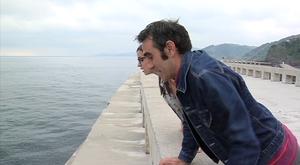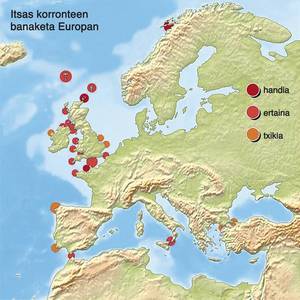BIMEP, wave energy in the Basque Country
2014/12/01 López Ropero, Iraide - Teknologia Elektronikoa Departamentua EHUren Bilboko Ingeniaritza Eskola Iturria: Elhuyar aldizkaria
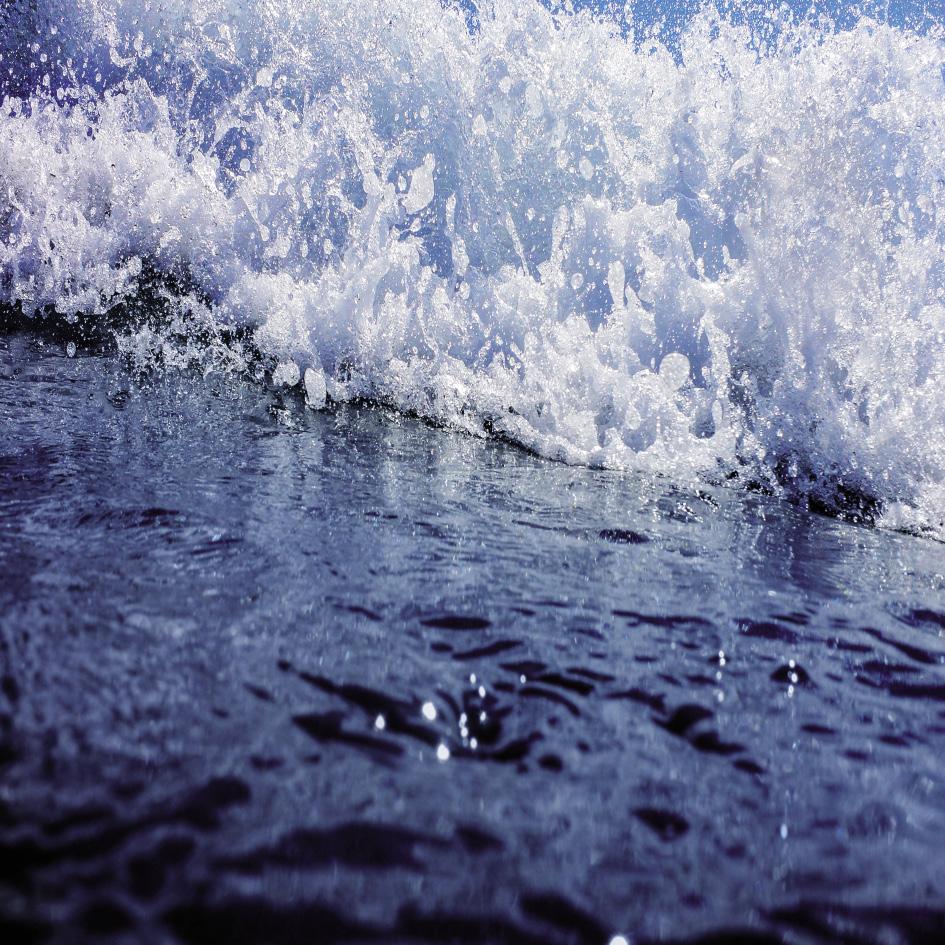
In recent years we have a new term of renewable energy, wave energy. As its name suggests, it is about obtaining energy from the marine waves for later transformation into electric energy and its subsequent transfer to the power grid.
Wave energy technology is a very powerful renewable resource and it is estimated that there are 3 TW available in the world. In addition, to the extent that it is renewable energy, it is very environmentally friendly.
The coast of the Basque Country has a medium-high potential energy that allows its use. Therefore, it is one of the few territories in the world that is able to exploit this energy resource.
In July 2011, the Basque Energy Agency (EVE) and the Basque Government, with an investment of 2.3 million euros, inaugurated in Mutriku a pilot power generation plant through waves. It is the first plant in Europe that acts commercially and integrates all the energy generated in the electricity grid. During the period of operation, it has generated 400,000 kWh per year, equivalent to the consumption of 400 people. The Mutriku plant has a capacity of 296 kW thanks to 16 turbines of 18.5 kW. It uses the technology called OWC (Oscillating Water Column), which works like: when the wave enters the air chamber, compresses the air in it and directs this air to the turbine. The air flow rotates the air turbine, which in turn drives the electric generator generating energy. On the other hand, when the wave is separated, the air flow from the chamber deviates to the opposite side, that is, the air from the chamber expands, affects the turbine and produces energy by passing the air flow from the turbine to the chamber.
BIMEP: Biscay Marine Energy Platform
In addition to the Mutriku plant, the EVE has launched another project related to wave energy: BIMEP (Biscay Marine Energy Platform).
The BIMEP project, with an investment of 20 million euros, had the participation of the EVE and the IDAE (Institute of Energy Diversification and Savings) of 80% and 20%, respectively. So let's see what BIMEP is.
BIMEP is the second most important project aimed at promoting wave energy in the Basque Country. Thanks to this construction, Euskadi is becoming a world leader in wave energy.
The BIMEP plant, located on the high seas, is a conditioned space to demonstrate and demonstrate the technical and economic viability of marine energy converters. At the same time, it will be a useful tool to demonstrate the safety of converters before jumping into the marketing phase. The converters, once the BIMEP tests have been carried out and demonstrated their feasibility (through the data obtained), will have a degree of maturity sufficient to make the decision of their manufacture and serial marketing (an estimated 20 years to have commercial wave converters). It is the first plant of these characteristics in the Spanish state and the third in Europe.
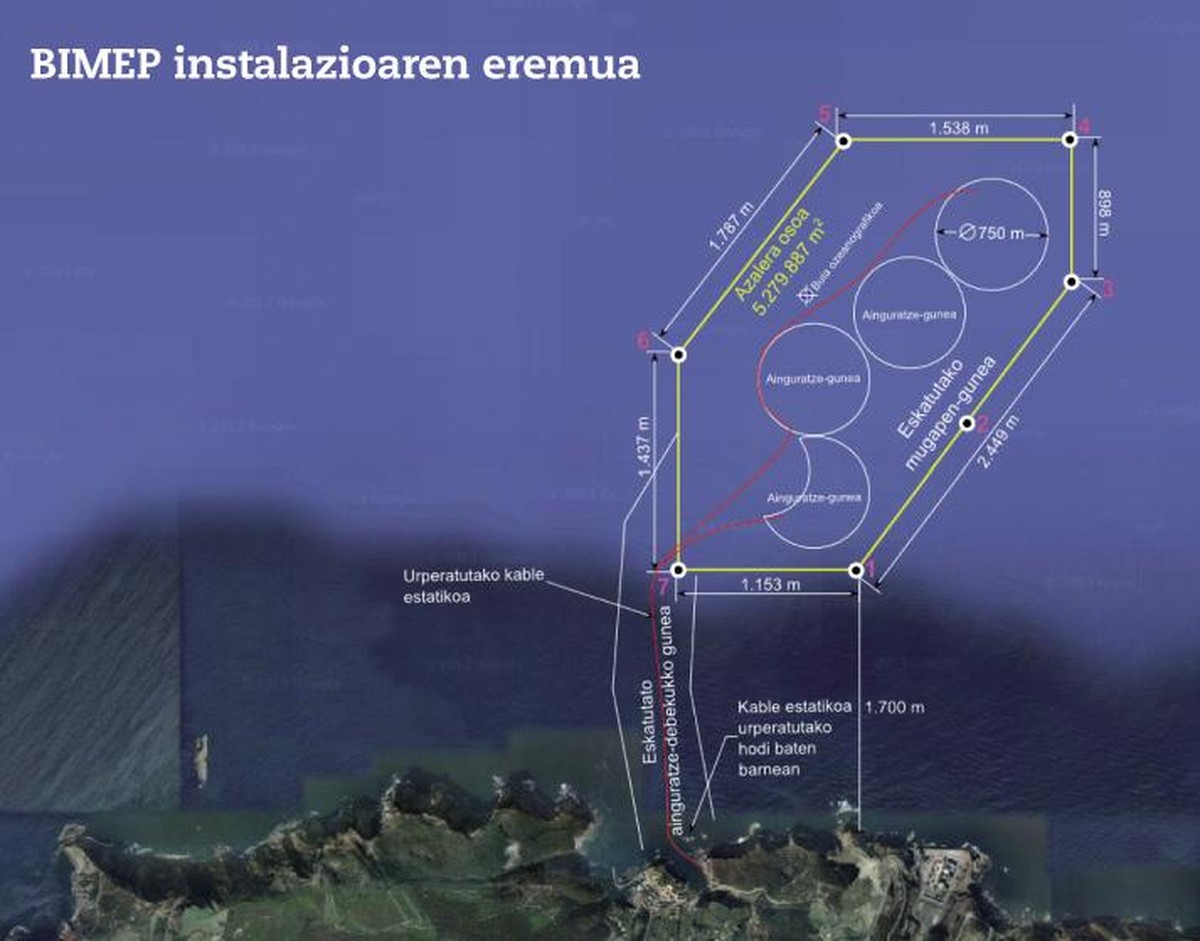
More suitable marine characteristics
The potential energy of waves on the Basque coast is among the largest (21 kW/m) worldwide. In Spain there are differences of greater energy potential, such as the Galician coast, which has a potential energy of 55 kW/m. However, wave converters are not yet mature technologies, and an energy potential of 55 kW/m indicates that they will have to face tougher and more aggressive marine conditions. Therefore, they are excessively violent conditions to attempt prototypes of low-maturity wave converters. Also, considering that the goal of prototypes is testing and testing, they are not the most suitable locations. In turn, there are areas with lower energy potential such as the Mediterranean coast (8 kW/m). However, in these places tests and/or tests are not very practical since the energy potential is very low. Consequently, the Basque coast is an ideal place for the study of marine energy.
The BIMEP platform area will not have navigation. The test area is 1.7 km from Armintza at its closest point, on the high seas, in an area of 50-90 m deep. The area is delimited by seven beacons of 5.3 km2. In addition, there is another maritime area that can be used in the future to increase the surface.
Converters that will be installed on the BIMEP platform will have a limited duration of a few months. Its installation will not be final, since it is not about producing electricity but demonstrating the viability of these new technologies before the marketing process. Converters will normally be anchored during the summer months and in winter may be removed from the test area if the user wishes to avoid adverse weather conditions.
The amount of energy generated during the anchor of the batters will be very variable. In fact, many types of wave converters of different powers will be installed that, as mentioned above, will change to test new ones. Do not forget that the converters that will be installed will be prototypes and depending on the technological maturity of the prototype will be of one or another capacity. In addition, it should be clarified that, unlike wind and solar energy, it is very difficult to determine the price (kWh) of electricity currently generated by wave energy. Converters, being prototypes and rare, cost several million euros. Some of the accessories used in them can not be found in the market and, in addition, it is not yet known the maintenance and cost that they will suppose. Therefore, BIMEP plays a very important role in the viability of wave technologies. Moreover, the BIMEP will not only value wave energy technologies (even if these are the first targets), but also other marine energy technologies. In this sense, in December 2013 the HiPRWind marine wind turbine was received at the BIMEP. The objective is to investigate, work and provide new solutions to the floating foundations of high-powered marine wind turbines to generate new projects at sea. The generator has a power of 1.5 MW and a height of 60 m and a diameter of 77 m. It is the first project of these characteristics in Spain.
Once we know exactly what BIMEP is, in the following sections we will know the infrastructure and equipment of the BIMEP.
Maritime infrastructure
To bring the energy generated by the converters to the terrestrial substation 4 submarine power cables will be used. Each cable has a working capacity of 5 MW of power so the BIMEP has a total capacity of 20 MW. There are also several oceanographic buoys that allow you to know the atmospheric state and the characteristics of its waves.
In each anchoring area, consisting of four zones, Figure 1, there are electrical connection systems at 13.2 kV and 5 MW. In each anchor area several converters can be connected via multiconnectors. The cable connected to each of the converters is called a silver cable and from there the energy generated will be transported. To get this power to the coast, the silver cable will be connected to the submarine static cable by an electric connector. Figure 2 shows step by step how the converter energy is transmitted to the power grid.
Coastal infrastructure
As shown in figure 2, on the coast there is an entry point, that is, the point at which the submarine cable passes to the ground cable (arqueta). On the other hand, the electric substation has two transformers of 13.2/132 kV and 20 MW, as well as the necessary electrical protections and controls. The power line from the coast to the substation consists of four 13.2 kV and 5 MW cables. The transport of the substation to the power grid is done by a single 132 kV and 20 MW cable.
In the coastal research center, data obtained from both cables and converters will be collected, so that local researchers can analyze and verify the feasibility of converters.
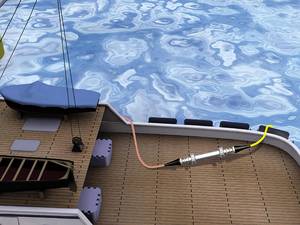
Anchor of wave converters
Also consider how converters are carried and fixed in the test area. A boat will tow the converter to the anchor area for anchoring by concrete anchors or chain and anchor techniques. The end of the connection box cable goes to the surface, where the interconnection point or electrical connector is already connected. Once it has emerged, it connects on board the boat with the umbilical cable of the converter. Once the connection is proven correct, the entire connection system is immersed. If so, the converter is ready to be inserted into the mains.
Conclusions
Thanks to the installation of Mutriku and BIMEP, the Basque Country is becoming a world leader in the field of wave energy, thanks to the attempts to demonstrate both technologies. These BIMEP technologies can be tested, improved and developed and are expected to be marketed over time. In order to take this step it is essential that researchers and scientists working around this technology can test and verify their tools. In this sense, the BIMEP infrastructure is essential for BIMEP and the Basque Country to be known worldwide.
Bibliography
Acknowledgements
This work has been worked within the framework of UFI11/16 of the UPV/EHU in collaboration with the Basque Government (PRE_2013_2_425). Thanks also to EVE for its collaboration in the development of information and its images.

Gai honi buruzko eduki gehiago
Elhuyarrek garatutako teknologia




